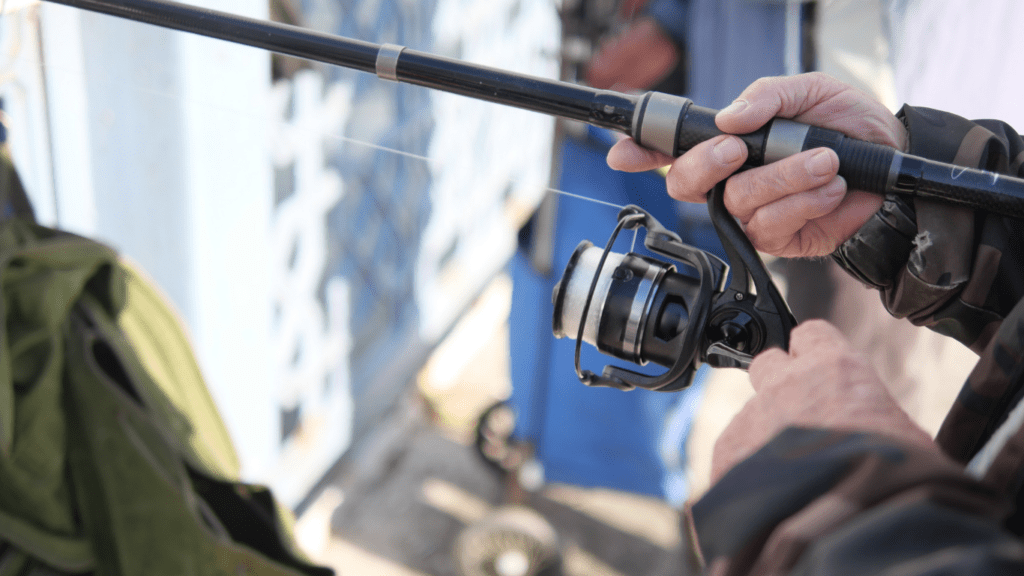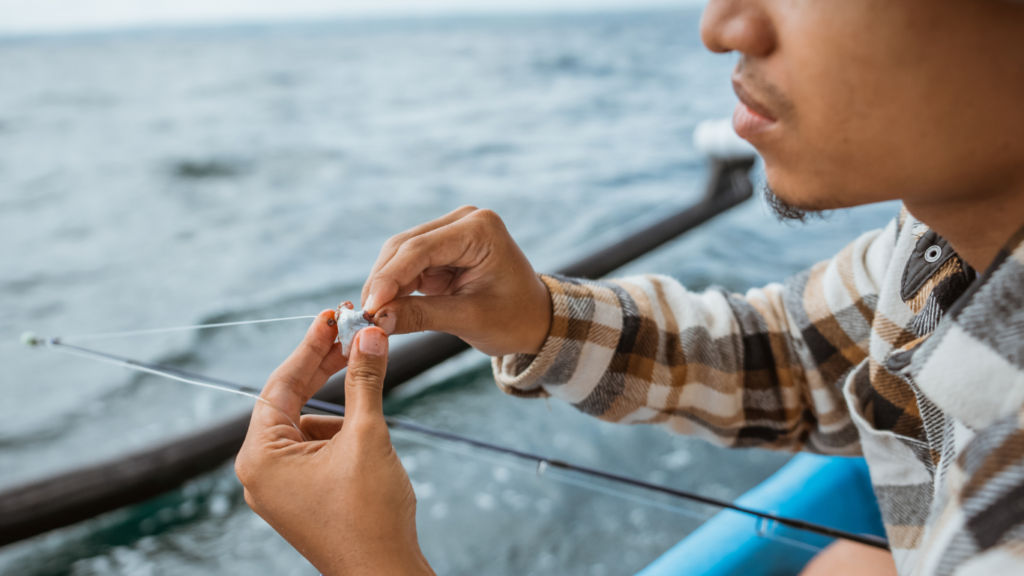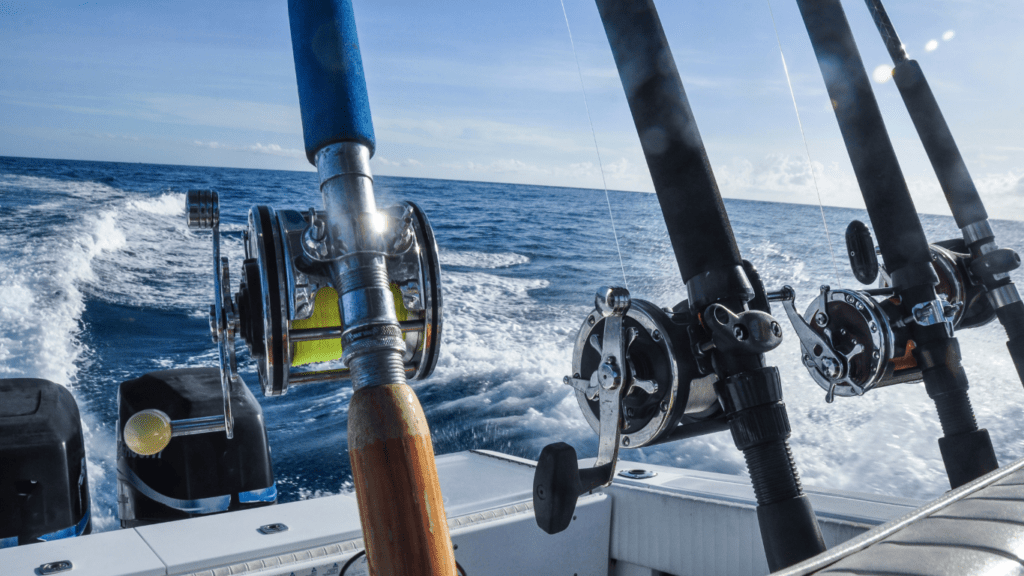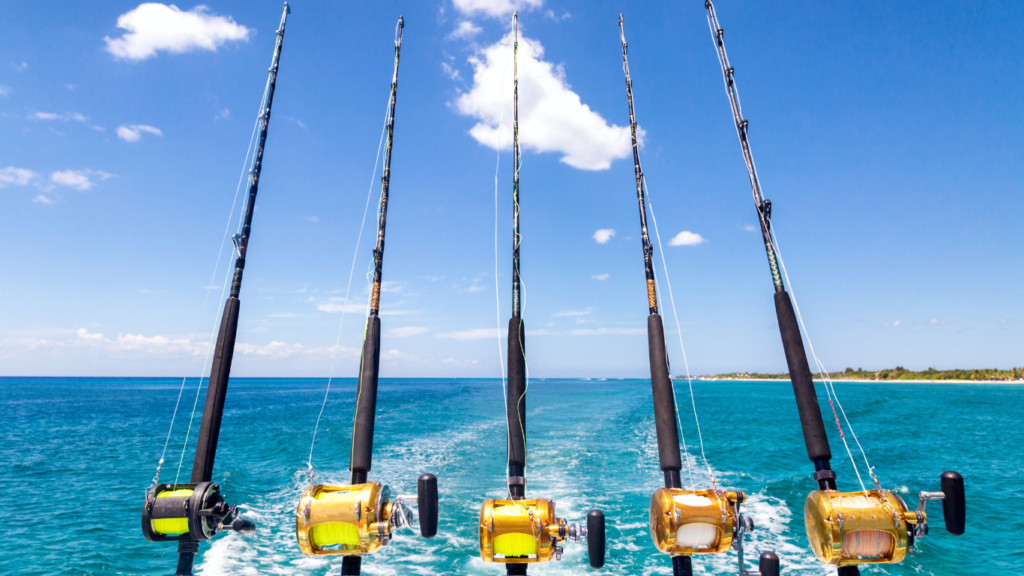When it comes to fishing gear, choosing between a baitcasting reel and a spinning reel can feel overwhelming. Both have their strengths, but picking the right one depends on your style, experience, and the type of fishing you plan to do. Trust me, making the right choice can make or break your fishing experience.
Understanding Baitcasting Reels
Baitcasting reels are designed for precision and power, making them ideal for experienced anglers targeting specific fishing situations. These reels offer advanced features that cater to techniques requiring control and accuracy.
Key Features of Baitcasting Reels
- Precision Casting: Baitcasting reels use a revolving spool, allowing fine control over casting distance and lure placement. This feature is especially useful for techniques like flipping or pitching.
- High Gear Ratios: These reels often feature gear ratios ranging from 5:1 to 8:1, enabling fast line retrieval when targeting fast-moving fish species.
- Drag Systems: Advanced drag systems provide more consistent pressure, crucial for fighting larger fish.
- Durable Materials: Many models incorporate aluminum or graphite frames, ensuring strength without excessive weight.
- Adjustable Brake Systems: Magnetic or centrifugal brakes allow users to manage spool speed, reducing backlash during casting.
Pros and Cons of Baitcasting Reels
Pros
- Enhanced accuracy for specific lure presentations.
- Greater power for reeling in heavy fish or when using heavier lines.
- Customization options like adjustable braking and drag systems.
Cons
- Pronounced learning curve, particularly for beginners.
- Greater likelihood of backlash if not properly adjusted.
- Limited effectiveness with lightweight lures due to spool resistance.
Baitcasting reels excel when targeting larger fish or needing precision in specific fishing conditions.
Understanding Spinning Reels
Spinning reels are versatile and beginner-friendly, making them a popular choice among anglers at all skill levels. They function with a fixed spool and are ideal for various fishing scenarios, from light freshwater fishing to inshore saltwater use.
Key Features of Spinning Reels
- Fixed Spool Design: The spool on spinning reels doesn’t rotate during casting, reducing the chances of tangles and backlash. This feature simplifies casting, especially for novice anglers.
- Open-Faced Construction: An exposed spool allows for easy line management, making it suitable for lighter lines and lures like soft plastics or jigs.
- Front and Rear Drag Systems: Drag systems on these reels offer precise resistance adjustments. Front drag models provide smoother control, while rear drag designs allow on-the-fly adjustments.
- Versatility Across Species: Suitable for small to medium-sized fish like bass, trout, and snook, spinning reels perform well in various environments.
- Interchangeable Handles: Most spinning reels let you switch the handle between left and right, ensuring comfort for all users.
Pros and Cons of Spinning Reels
Pros:
- Easy to Use: Their simple operation makes them ideal for beginners learning to cast.
- Lightweight Lure Compatibility: Great for fishing with small baits and ultralight setups.
- Affordability: Quality spinning reels are often less expensive than baitcasters with similar features.
- Reduced Line Twists: With proper spooling and usage, they minimize tangling compared to baitcasting.
Cons:
- Lower Line Capacity: Limited spool size restricts their use for large fish or deep water.
- Less Power: They may struggle with pulling heavy fish compared to baitcasting reels.
- Slower Gear Ratios: Spinning reels generally retrieve line slower, affecting techniques like power fishing.
Comparing Baitcasting and Spinning Reels

Choosing between baitcasting and spinning reels depends on how they perform across various factors. Each reel type serves specific fishing needs and complements different skill levels and budgets.
Performance and Versatility
Baitcasting reels offer precision and power, making them ideal for targeting species like bass or pike in heavy cover. They excel in situations requiring accurate casts with medium to heavy lures. Spinning reels, on the other hand, provide more versatility. They handle both light lures and larger baits with ease, performing well in freshwater fishing and light saltwater applications. This versatility makes spinning reels a go-to choice for different fishing environments.
Skill Level and Ease of Use
Baitcasting reels require experience to control effectively. Improper adjustment often results in backlash, which frustrates less experienced anglers. I find baitcasting reels best for advanced users who value accuracy and power. Spinning reels suit anglers of all experience levels. They’re beginner-friendly with a fixed spool design that minimizes tangling. This simplicity lets new anglers focus on technique without struggling with reel mechanics.
Cost and Maintenance
Baitcasting reels typically cost more due to their specialized features like advanced drag systems and braking mechanisms. High-quality baitcasting options can easily exceed $150. Spinning reels are generally more affordable, with durable models available for under $100. Baitcasting reels also demand regular maintenance, especially for keeping the braking system in top shape. Spinning reels are simpler to clean and maintain, requiring less time and effort.
Choosing the Right Reel for Your Needs
Selecting the correct reel depends on various factors, including your skill level, targeted fish species, and fishing environment. Evaluating these aspects helps ensure an efficient, enjoyable fishing experience.
Factors to Consider
1. Skill Level
For beginners, spinning reels are straightforward and forgiving. Their design minimizes tangles and backlash, making them ideal for those learning to cast. Baitcasting reels demand greater control and experience because improper technique can lead to backlash and a steeper learning curve.
2. Target Species
Targeting larger or stronger fish, like bass or pike, benefits from the power and precision of baitcasting reels. Spinning reels perform well when fishing for smaller species, such as panfish or trout, especially with lightweight lures.
3. Fishing Environment
Freshwater and light inshore saltwater scenarios suit spinning reels due to their versatility and ease of use in varied conditions. Baitcasting reels handle heavy cover, thick vegetation, or situations requiring accurate casting better, such as bass fishing near structures.
4. Budget
Affordability is another consideration. Spinning reels are often less expensive, making them a cost-effective choice for occasional anglers. Baitcasting reels, with their advanced features, come at a higher cost but deliver greater performance for specialized fishing needs.
Matching the Reel to Your Fishing Style
Your preferred fishing technique plays a key role in choosing between baitcasting and spinning reels. Anglers focused on precision casting and targeting specific fish find baitcasting reels provide the control necessary for success. For example, flipping and pitching techniques used in bass fishing benefit from baitcasting gear due to its accuracy and rapid line retrieval.
Conversely, those favoring versatility and ease of use gravitate toward spinning reels. If you enjoy casting long distances or switching between finesse techniques like drop-shotting and lightweight lures, spinning reels offer better performance. Rotating between various fishing environments, from ponds to coastal shores, becomes less restrictive with their adaptable features.





